PPT-Aperture Part 1 of the Photographic Golden Triangle
Author : coursion | Published Date : 2020-06-17
1 Copyright Texas Education Agency 2013 All rights reserved Images and other multimedia content used with permission Exposure Exposure in photography refers to
Presentation Embed Code
Download Presentation
Download Presentation The PPT/PDF document "Aperture Part 1 of the Photographic Gold..." is the property of its rightful owner. Permission is granted to download and print the materials on this website for personal, non-commercial use only, and to display it on your personal computer provided you do not modify the materials and that you retain all copyright notices contained in the materials. By downloading content from our website, you accept the terms of this agreement.
Aperture Part 1 of the Photographic Golden Triangle: Transcript
Download Rules Of Document
"Aperture Part 1 of the Photographic Golden Triangle"The content belongs to its owner. You may download and print it for personal use, without modification, and keep all copyright notices. By downloading, you agree to these terms.
Related Documents

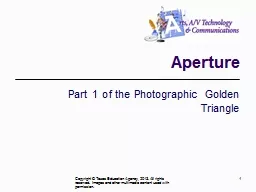

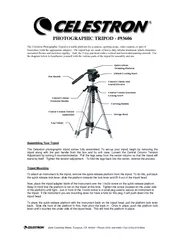
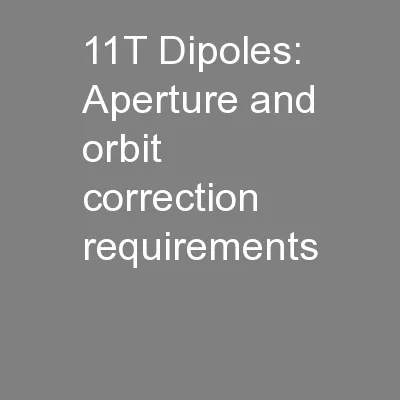

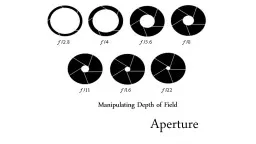
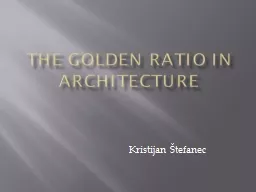
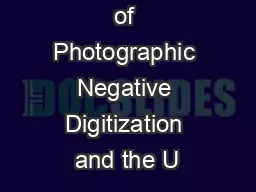



![[EPUB] - Anatomy: A Photographic Atlas (Color Atlas of Anatomy a Photographic Study of](https://thumbs.docslides.com/903572/epub-anatomy-a-photographic-atlas-color-atlas-of-anatomy-a-photographic-study-of-the-human-body.jpg)
![[DOWNLOAD] - Anatomy: A Photographic Atlas (Color Atlas of Anatomy a Photographic Study](https://thumbs.docslides.com/905131/download-anatomy-a-photographic-atlas-color-atlas-of-anatomy-a-photographic-study-of-the-human-body.jpg)
